I’ve recently done an informal site audit to see what content performs well and I was surprised to see that posts about budgeting for specific trips did well. My five-part Australia budget guide (here, here, here, here, and here) was rather long winded and written many years ago, shortly after I arrived home.
I kept copious notes about my spending habits back then, mostly because I had little money to spare, so this one will be slightly different. I’m writing about a trip from 2014 and I traveled for three months rather than a year.
The other difference is that I wasn’t working a regular job during that time, instead freelancing from my laptop. But I still think this will be helpful for those planning a trip through Southeast Asia.
Firstly, Southeast Asia is an incredibly affordable place to travel. While most of your expensive costs are on the front end, once you arrive, it’s easy to get by spending around $50 per day with a budget hotel and street food meals. Of course, you can do this for less and for much more.
I’ll get into each of these budget categories separately. Secondly, keep in mind that prices vary from country to country, but I’m mostly speaking to my experiences in Thailand, Cambodia, Vietnam, and Malaysia.
This post contains affiliate links that can earn this website a small income. They will not cost you anything to use.
How Much to Save in Advance
While you can go ahead and exchange money before you go, it isn’t entirely necessary. There are plenty ATMs around, especially in airports. But be sure to keep a supply of US dollars. While every country has their own currency, this is the easiest to convert.
And Cambodia takes US dollars, but only bills that haven’t been damaged. I recommend having saved around $2,000 for a trip of two weeks to a month if you’ll be working on the road. But you’ll want more if you’ll be gone longer. It’s not important to set up a bank account, but making sure your bank has a good international policy is a must.
At time of writing, the conversion rates are as follows:
- 1 USD= 4,015 Cambodian riel
- 1 USD= 32 Thai baht
- 1 USD= 22,713 Vietnamese dong
- 1 USD= 8,301 Laotian kip
- 1 USD= 1,327 Myanmar (Burma) kyat
- 1 USD= 3.9 Malaysian ringgit
- 1 USD= 1.32 Brunei dollar
- 1 USD= 13,578 Indonesian rupiah
- 1 USD= Philippine piso
- 1 USD= 1.32 Singapore dollar
Visas are not required for American citizens visiting Brunei, Indonesia, Malaysia, the Philippines, Singapore, and Thailand for less than 30 days stay. Additional visa options are available for a fee. An e-visa must be arranged in advance in Myanmar and is possible in Cambodia.
But you can also opt for a visa on arrival, which is also the option in Laos. See later sections for scams in regards to visas at border crossings. Note that these could change at any moment due to the political climate and other countries will have to check with their governments. Also bring passport photos to attach to your visa applications and visas on arrival.
Accommodation
Unlike in other budget travel-friendly areas, hostels are few and far between in Southeast Asia. Lub D and Spicy are a few of the popular ones, but bigger cities like Bangkok and Kuala Lumpur are stepping up their game with luxury hostels. Instead, you’ll find more budget hotels and guesthouses. Save money by splitting a room with a friend.
We stayed at hostels and guesthouses for $8 per night and budget hotels for $37 per night split two ways. Agoda is the best website for booking accommodation in Southeast Asia because many family-run establishments who don’t have a presence on bigger booking sites are listed there.
We didn’t always book in advance, but only during festivals and when we were arriving late at night. Otherwise, you can just show up and ask for their best rate. Many included free breakfast, usually Western meals of eggs and bread. All will have some sort of WiFi.
Just like in other cities around the world, you can rent an apartment or house on a website like Airbnb. They can cost anywhere between $30 and $200 per night, depending on the space. Hosts may also be amenable to you staying longer, which you can negotiate upon arrival.
Homestays and farmstays are another option, especially in rural areas where you can interact with local families. C’est Christine did one in Vietnam. Housesitting is another possibility, although it’s not as widespread as in other parts of the world.
Couchsurfing also has a presence, whether you’re looking for a place to stay or people to hang out with. While camping is uncommon, there are a few national parks worth exploring. It’s easier to book with a tour so that you don’t have to bring all your gear.
Eating and Drinking in Southeast Asia
Southeast Asia is a thrifty travelers dream, especially when it comes to finding delicious food for cheap. Unlike in Western countries like Australia, it isn’t common for your accommodations to have kitchens where you can cook your own meals.
Likewise, big box grocery stores also aren’t common in many places. Even if you do find a grocery store and kitchen, it’s often not worth the effort when you can find cheap and delicious food around every corner.
But it can be convenient for early morning bus rides when all you need is snacks like pastries and fruit. 7-11 stores are on nearly every corner in every country and offer both packaged snacks and prepared foods like noodles and skewers.
Many doctors advise against street food while traveling, but it’s an important part of the experience. Use your common sense when it comes to proteins sitting out with flies surrounding them. You’re better off with soups. Nearly every country has some form of skewered meats, noodle soups, and rice dishes. Ask a local what they recommend. It’s how I found my favorite bun cha spot in Hanoi!
There are also plenty of Western brands like Subway, KFC, and McDonalds. They’ll cost you more than an average meal, just like the American-style restaurants and cafes. It’s worth the occasional splurge, like my Mexican feast in Chiang Mai, but isn’t usually worth it. Also expect to pay more in tourist areas and in beach towns.
When it comes to drinking, many travelers see Southeast Asia as a place for wild parties like the Full Moon Party. But most of it is chilled out, ideal for a casual beer at a roadside restaurant. It all depends on what you’re looking for. Local beer is usually the cheapest thing to drink.
In Thailand, it’s Chang and Tiger, in Cambodia it’s the appropriately named Cambodia beer, and in Vietnam it’s Saigon and 333. There’s also bia hoi, home brewed “fresh beer” sold on the streets throughout the country. Beers cost around $2 in most places.
Those bucket drinks you see in photos are made with local whiskey, so drink them slowly. Cocktails and wine tend to be more expensive because they generally require imported ingredients. And don’t forget that some areas that are predominantly Muslim won’t have alcohol, especially Brunei.
Tours and Activities in Southeast Asia
There are so must-do activities that are going to costs you a fair amount, but can’t be missed. If you know you’ll want to do them, save up in advance. It might include trekking in Borneo, cooking classes in Vietnam, or a yoga retreat in Thailand. Here’s what I splurged on during our trip:
- scuba diving in Koh Tao– $260 for advanced course
- volunteering at Elephant Nature Park– $262
- Ha Long Bay cruise- $133
- parks pass at Angkor– $40 plus transport
The rest of the attractions we visited cost less than $5. The War Remnants Museum and other museums in Vietnam all cost around $3. Hue Imperial Palace was the only attraction that cost more. Most temples don’t charge an entry fee.
I didn’t go on many tours during my trip, but the exception was a food tour with Urban Adventures, which I would highly recommend. It costs more than other tours in Southeast Asia, but has an English-speaking guide.
There are a few things to keep in mind for all attractions and tours. First is that there’s very little that needs to be, or can be, booked in advance. For example, everyone on our Ha Long Bay cruise paid a different price for the exact same thing.
We got a fairly good price and had an extra excursion to Cat Ba Island. I knew nothing about it until the travel agent at our hotel told us about it. There is some room for negotiation here. But keep in mind that the backpacker cruises cost nearly three times as much. Secondly, some places have higher fees for entry for foreigners. It’s their country, so they make the rules. No sense arguing about it.
Transportation in Southeast Asia
Flights to Southeast Asia will likely be your biggest cost while traveling the region. Most major airlines fly through the area, but you’ll likely find cheaper options from the West Coast of the United States. On previous trips, I flew United through Los Angeles to Thailand and on another trip, I connected on Vietnam Airlines through Tokyo for a Delta non-stop back to Atlanta.
The second cost me around $912 USD one way. Keep an eye on Scott’s Cheap Flights and Secret Flying for deals and set an alert on Google Flights, my flight website of choice.
Flying within Asia is the fastest way to get from place to place, but also the most expensive. That’s why so many backpackers opt for painful long-distance buses. But there are a number of budget carriers that you can sometimes find deals on.
JetStar is popular in Asia and Australia and so is Tiger. AirAsia is the airline I used to get from Bangkok to Hanoi, which at the time cost about $70 USD. Since I visited last, a number of new airlines have popped up, including Nok Air and Scoot. Keep in mind when booking that they often service airports that aren’t the main hub, like Bangkok’s Don Mueang, and fly at inconvenient times.
Buses are the most common way to get around, especially if you have plenty of time but not endless money. Tourist buses run between popular destinations and prevent you from having to change buses.
They range from small minibuses like the one we took to Pai to double decker VIP buses that run throughout Vietnam. They can cost a range depending on the distance, but expect to pay around $5 for short distances and $15 for long distances.
Trains are another way to get around, but are only found in some countries, mainly Thailand and Vietnam. That’s starting to change. For more on the train systems of Southeast Asia, check out this post on Nomadic Notes. The trains themselves can vary greatly by price and route, but sleeper cars can be one long hallway with bunks or private carriages. Second class seating can sometimes mean hard wooden seats.
Expect everything to run slightly late. Tickets can be purchased directly at the station or from travel agents. You’ll get a better price from the station. Our train from Bangkok to the ferry terminal to Koh Tao was around $55 USD all up.
In Vietnam, a similar route was $64, but the train was nicer. Once on board, some trains sell food while others allow vendors to come on board to sell you snacks. Seat 61 is another great website for resources on train travel.
Tuk tuks or rickshaws are a common way to get around locally and can range greatly in price, so don’t be afraid to haggle. For example, we paid $15 for one from our hotel to the Killing Fields in Cambodia. This was so that he would return for us later in the day.
Songthaews in Thailand are popular communal buses. We paid around $3 to go to Doi Suthep and back. I did take the “subway” in Bangkok, but otherwise I went almost everywhere else by foot. We only did it one day in Pai, but motorbike rentals start at around $1.50 for a few hours. Taxis are generally overpriced, but sometimes essential. The most I paid was $15 USD.
Don’t forget about waterways. Once you arrive in Southern Thailand, you have to take a ferry to the islands of Koh Tao, Koh Samui, and Koh Pha Ngan. It cost me around $22 to get to Koh Tao from Koh Samui. While we didn’t end up taking it, there’s also a slow boat in Laos that is a popular and affordable mode of travel. But it’s not without problems. See Audrey’s and Lauren’s experiences.
A Word on Border Crossings: The only land border I crossed was from Thailand into Cambodia and back. I arrived in Vietnam by air. There are plenty of forums and resources online about crossing borders and visa scams. Know in advance what the policy and price is.
This isn’t to say that you can’t get scammed by the border patrol, but if the bus driver tries to get you to buy a visa before you get there, know that you don’t have to. For Cambodia, we had our e-visas and didn’t have to worry about the chaos at the border. Also remember what your bus looks like if it’s a long-distance bus. Many will look the same.
Internet, Shopping, and Etc.
Compared with the Internet in Australia, the connection throughout Southeast Asia is lightyears ahead. Not only is it high quality, but it’s free and found just about everywhere: malls, trains, cafes, hotels, and airports. You might want a VPN to use your websites from back home, namely Netflix.
If you’ll be traveling for a few weeks or more, plan on doing laundry at some point. I didn’t find anywhere that had machines to use, but instead got it done by a professional. It cost me around $3 in Thailand and a little over $1 in Vietnam. I also purchased a cheap phone to use and credit was also about $3. You can top up at 7-11 stores. At one point I even splurged on a haircut, which set me back around $10 USD.
Shopping is easy in Southeast Asia, especially for electronics. You’ll find plenty to choose from at the Western stores at the mega malls and also the local markets. Chatuchak in Bangkok, the Night Market in Chiang Mai, and all of Chinatown in Kuala Lumpur have great shopping.
Hoi An in Vietnam is a popular place to get clothing made as well as shoes and accessories. One thing to note is sizing. I couldn’t find much that fit me as a curvier woman. If you need new clothes while you’re traveling, it might be harder to find outside of a Western store.
Healthcare
I’m omitting the section about employment and living expenses, but you’ll find that in most major Asian cities, you can find affordable long-term rentals. If you do get sick, the region is actually great when it comes to healthcare. I got food poisoning and a number of other ailments during my three months in Southeast Asia.
Usually, I walked into a pharmacy, described my symptoms, and left with a prescription. You can get items you will pay more for back home. Some people even travel to Thailand and other countries for major medical procedures because the cost is affordable and the quality high. I do recommend traveling with copies of your prescriptions and Travel Insurance just in case. I used World Nomads during my time abroad.
Travel clinics will also recommend certain injections and medications. I spent around $300 on tetanus and other preventative care as well as malarone for malaria. It’s up to you whether you want to take malaria medication because it does have side effects, but you also don’t want to get malaria.
Related Reading
- How Much Does It Cost to Travel in Myanmar/Burma? Borders of Adventure
- What It Really Costs to Travel in Laos, Be My Travel Muse
- Mini Budget Breakdown: Brunei Travel Costs, Twenty Years Hence
- How Much Money to Budget for a Month in Bali & Indonesia, Backpacker Banter
- How Much It Costs to Travel in the Philippines for a Week, eTramping
- How Much We Spent Traveling in Singapore, Ali’s Adventures
Any more questions about the cost of traveling in Southeast Asia?
Note that this post does contain affiliate links for services that will not cost you an additional fee.
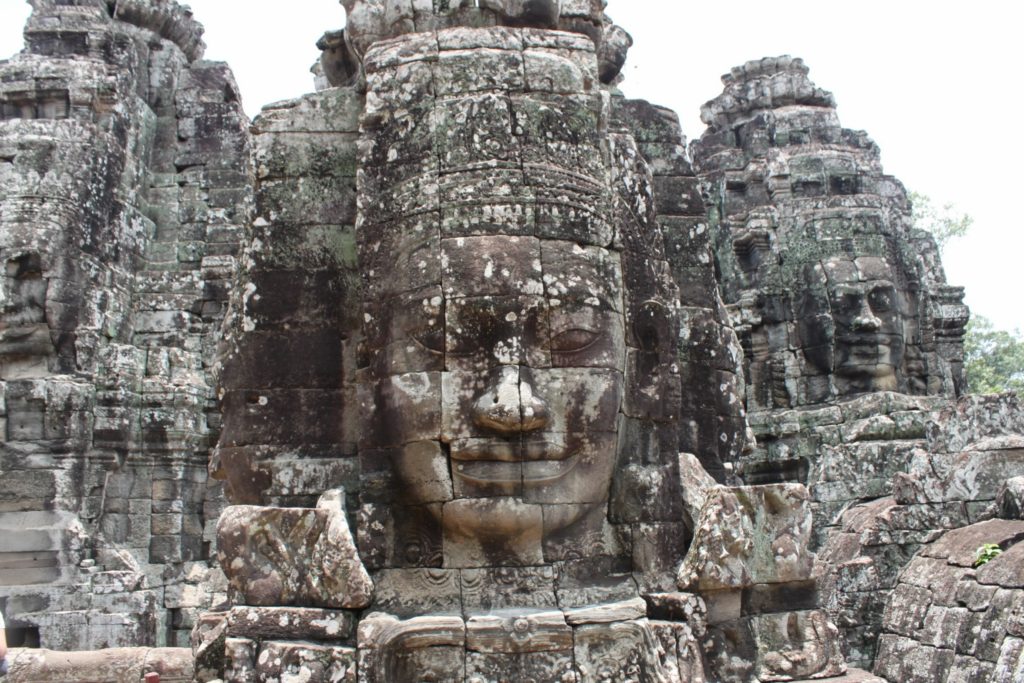
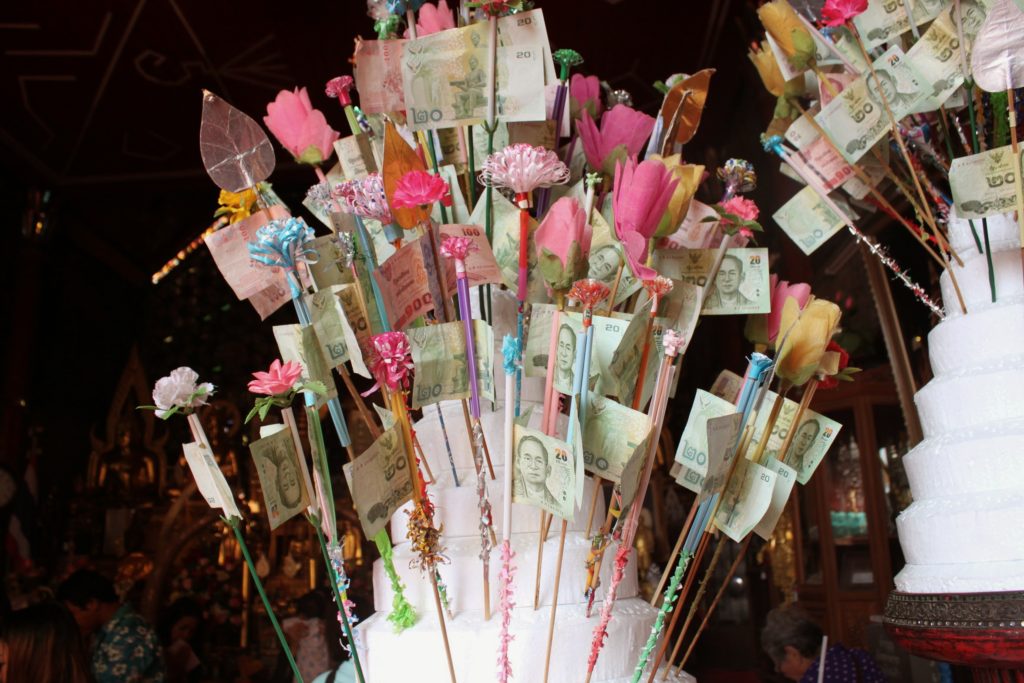
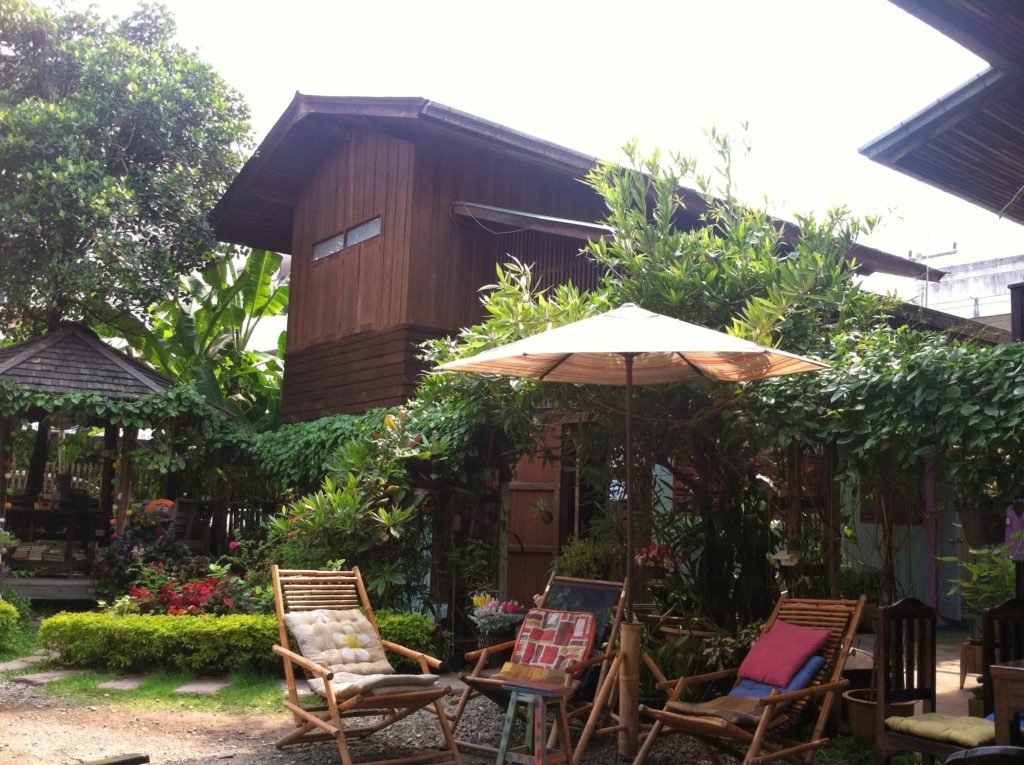
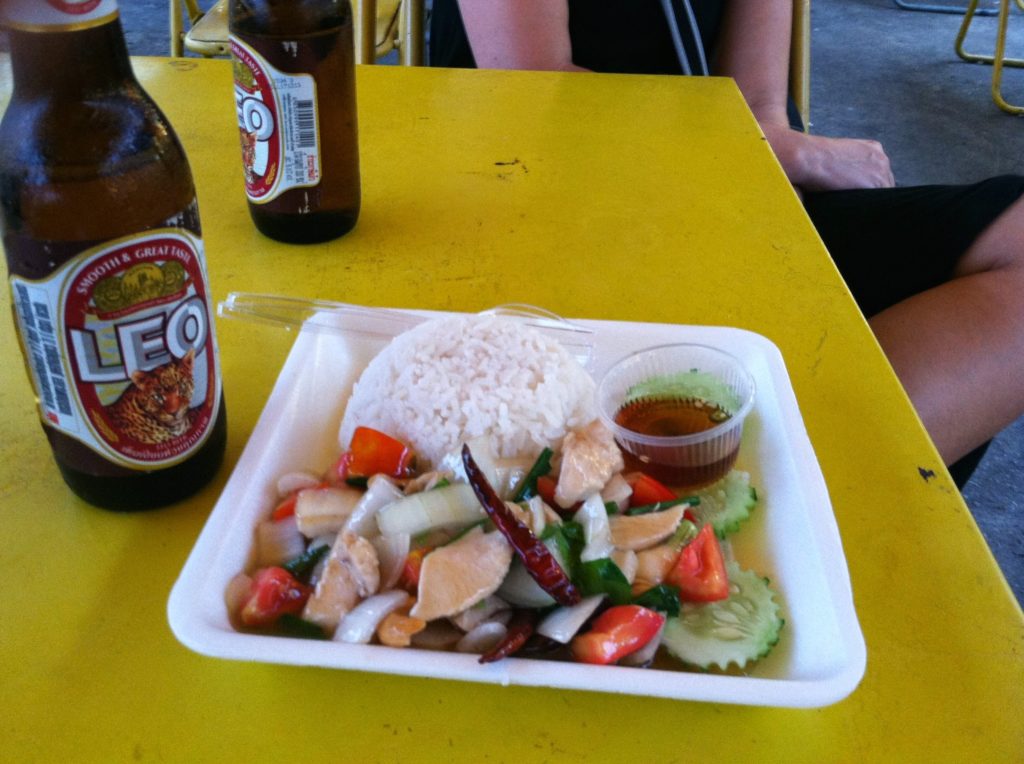
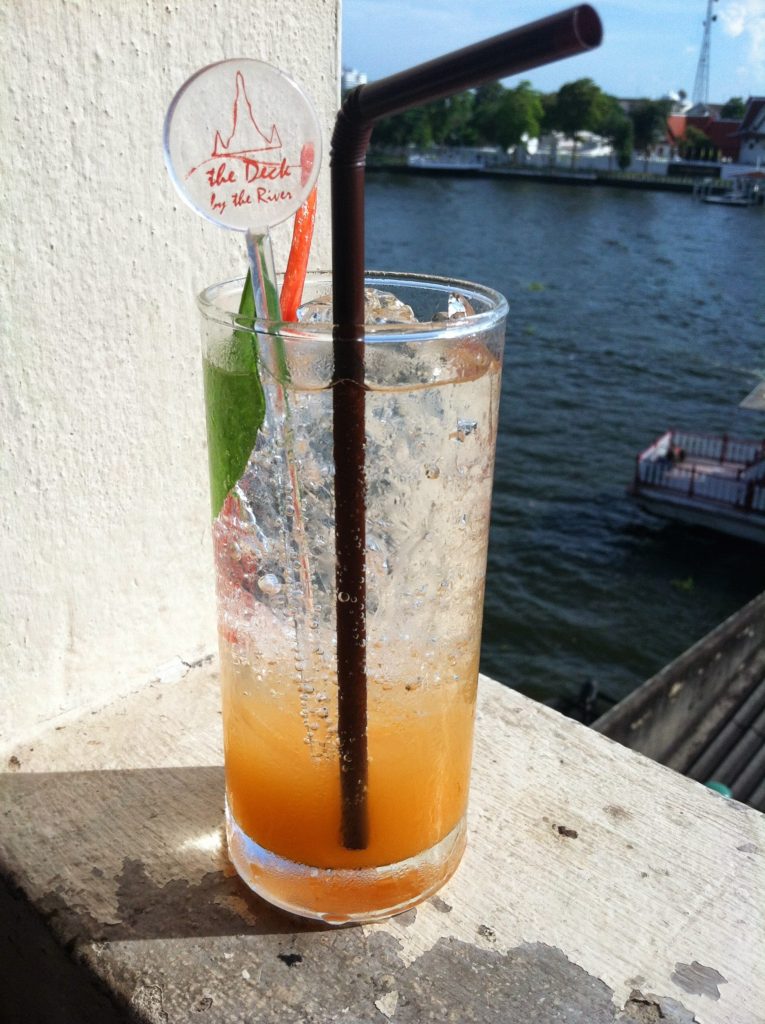
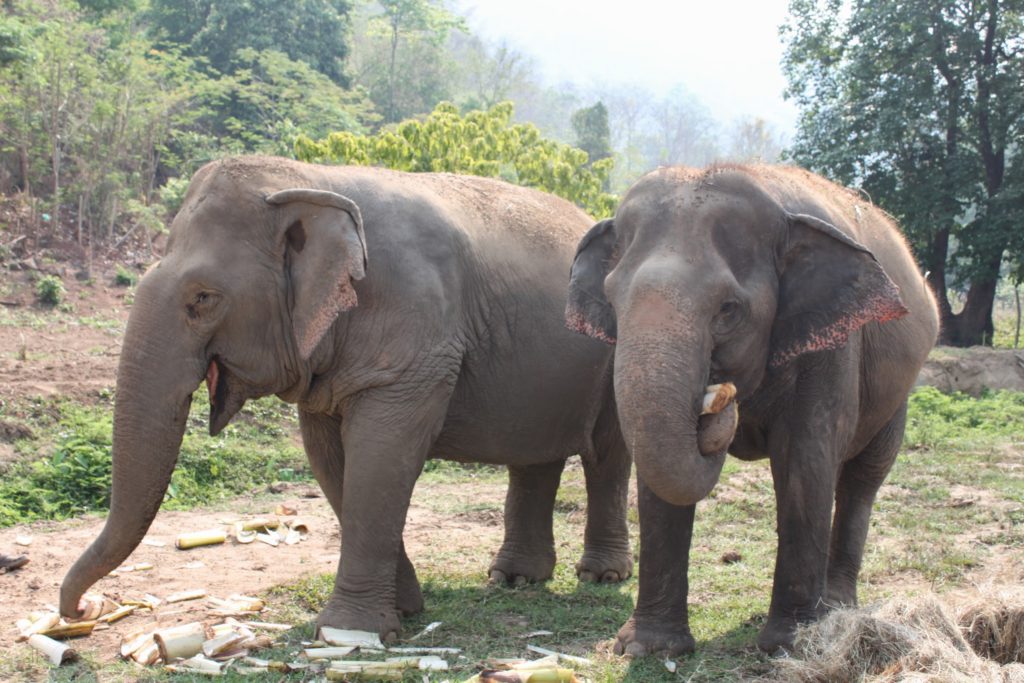
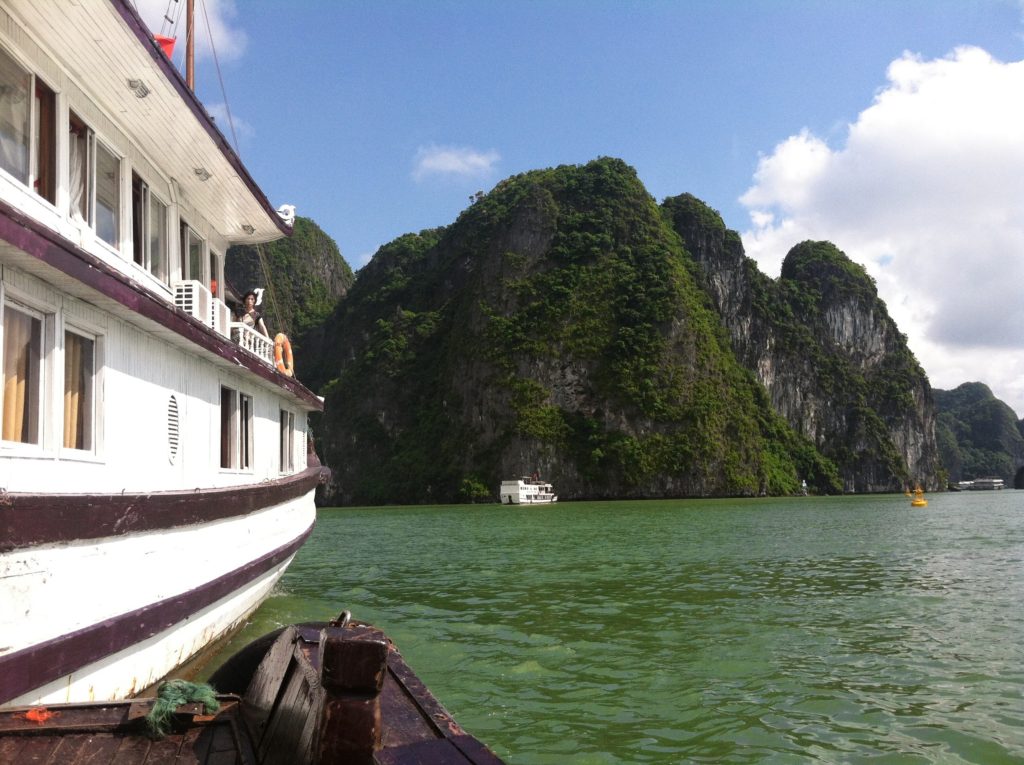
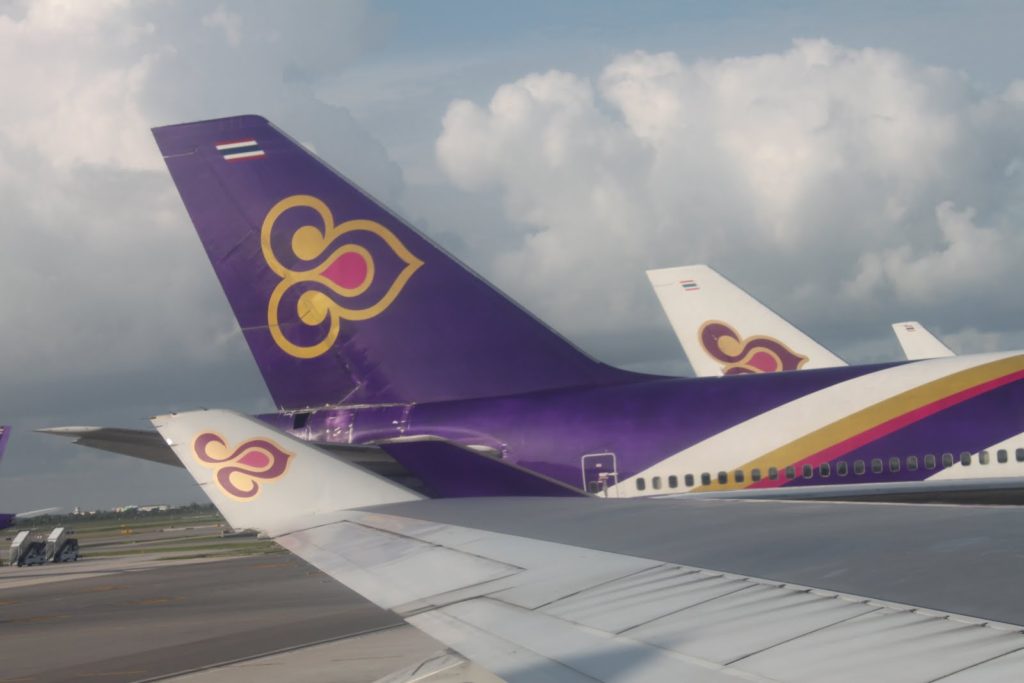
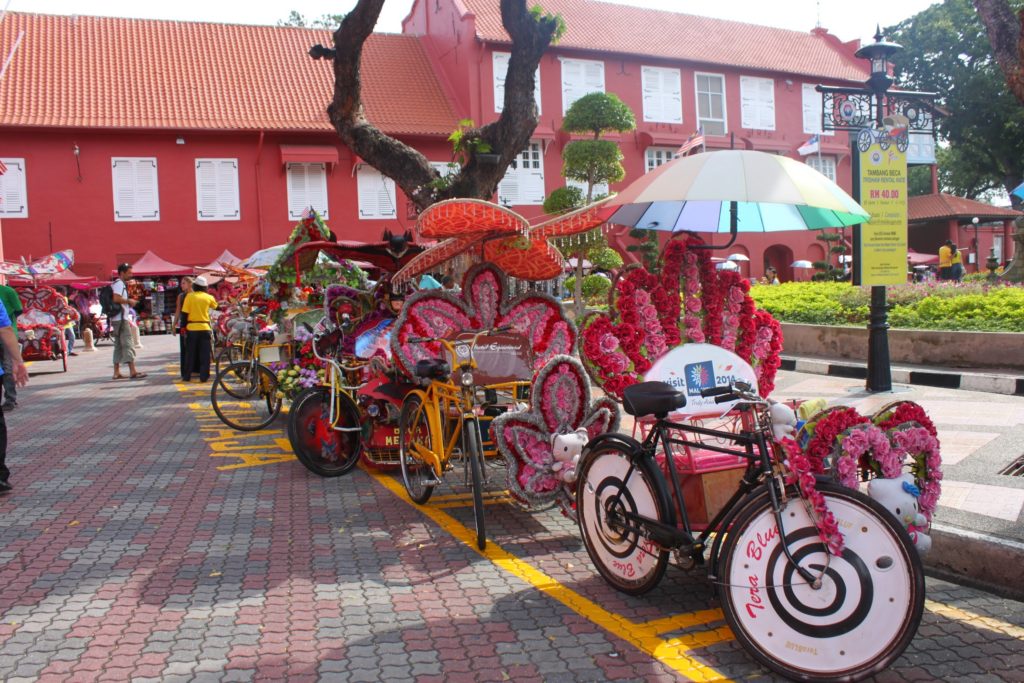
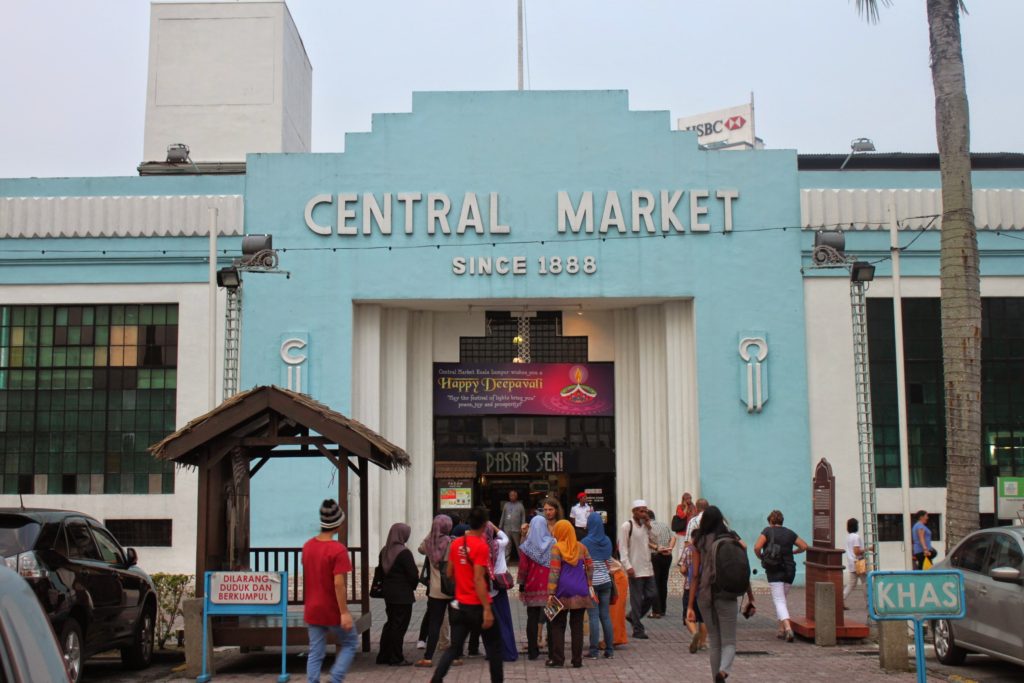

Leave a Reply